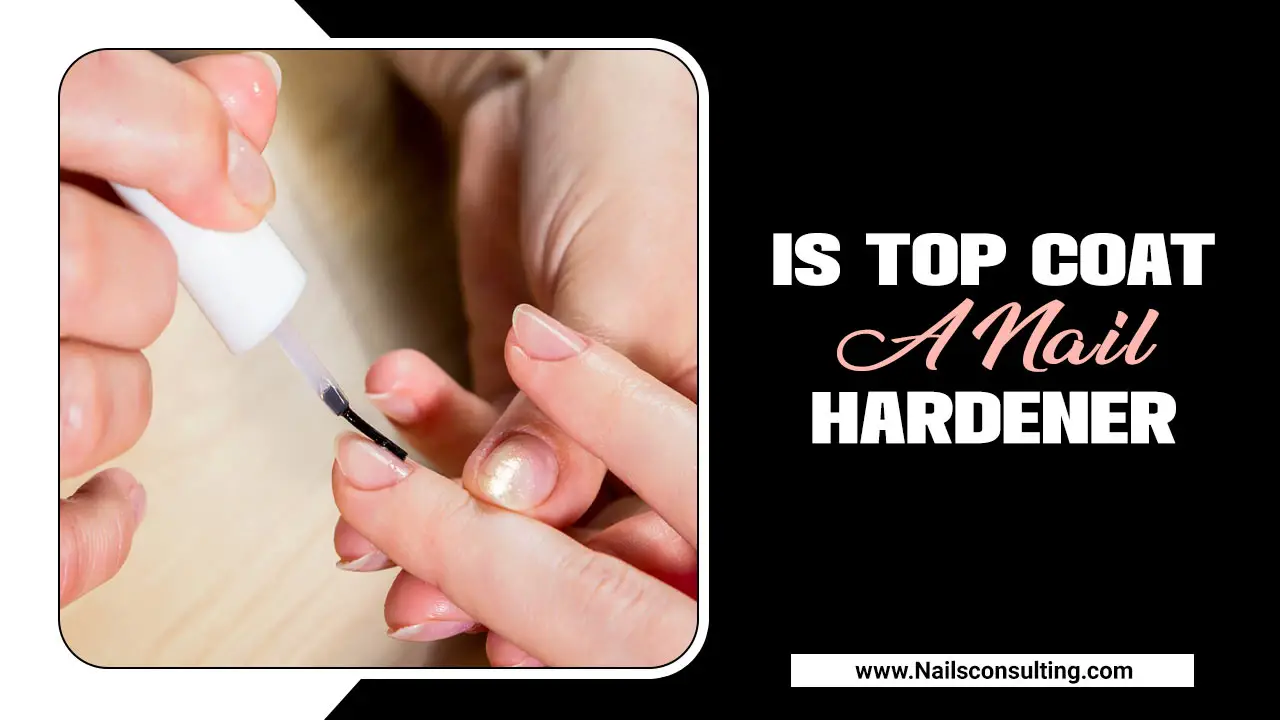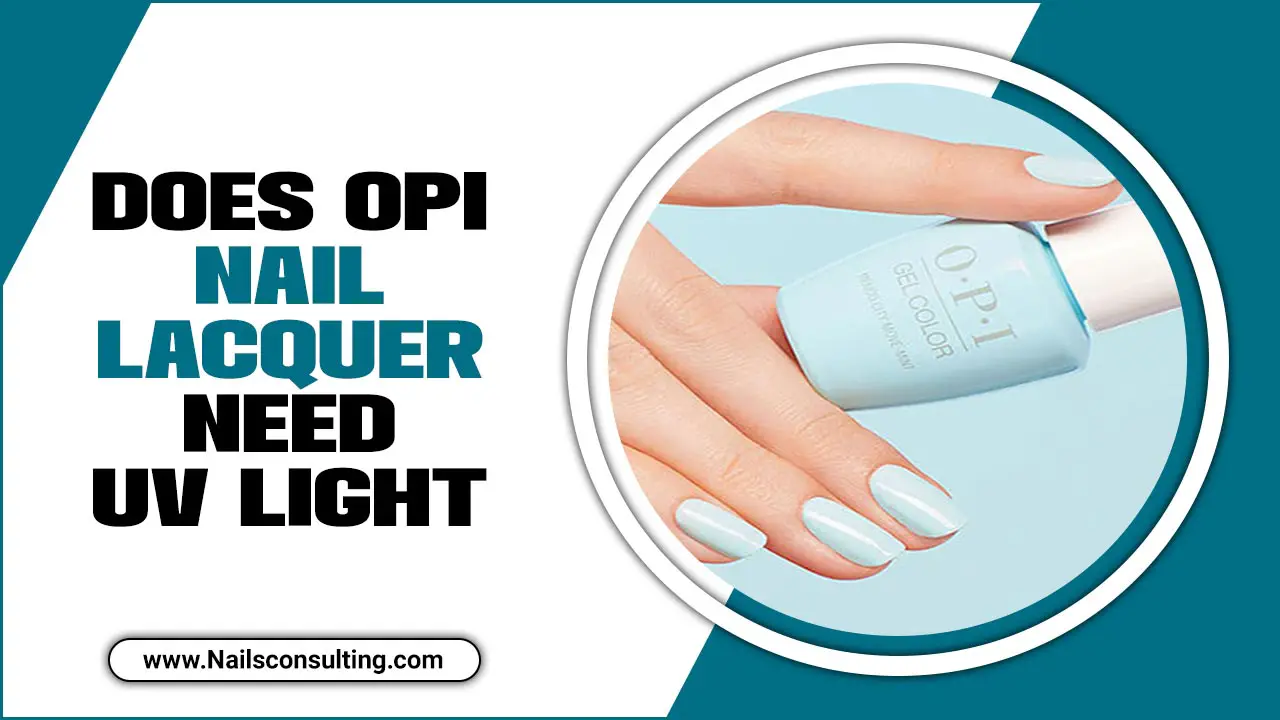Quick Summary
Achieve stunning, long-lasting nail art with essential techniques! Prep your nails perfectly, use quality base and top coats, apply polish in thin layers, cure properly (if using gel), and avoid harsh chemicals. Simple steps ensure your beautiful designs stay chip-free and vibrant for longer.
Dreaming of flawless nail art that stays gorgeous for days, not just hours? We’ve all been there – spending precious time creating a beautiful design, only for it to chip or fade far too soon. It’s a common frustration, but thankfully, it doesn’t have to be your reality! With a few key techniques and some insider tips, you can significantly extend the life of your nail art, keeping your hands looking perfectly polished and show-stoppingly chic. Get ready to say goodbye to constant touch-ups and hello to durable, beautiful nail art that lasts!
Why Does Nail Art Chip So Fast? The Common Culprits
Before we dive into the solutions, let’s chat about what often causes our beautiful nail art to wave goodbye prematurely. Think of it like building a house; if the foundation isn’t strong, the whole structure is at risk! The same applies to your nails. Several factors can lead to early chipping:
- Improper Nail Preparation: This is arguably the BIGGEST culprit. Not cleaning, shaping, or buffing your nails correctly means there’s nothing for the polish to truly grip onto.
- Weak or Oily Nails: Natural oils on your nail plate can prevent polish from adhering properly.
- Skipping the Base Coat: A base coat is your nail art’s best friend. It creates a smooth, even surface and provides a sticky layer for color to adhere to.
- Thick Polish Layers: Applying polish too thickly makes it more prone to bumps, smudges, and lifting.
- Poor Quality Products: Cheap polishes or top coats might not have the staying power of professional-grade products.
- Environmental Factors: Frequent contact with water, harsh cleaning chemicals, or even typing vigorously can wear down your polish.
- Not Sealing the Free Edge: This is a pro tip that makes a huge difference!
Foundation First: Essential Nail Prep for Longevity
Just like any masterpiece, great nail art starts with a flawless canvas. Proper nail preparation is the secret sauce to ensuring your designs stick around. Don’t skip these crucial steps!
Step 1: Cleanse and De-Grease
Start by washing your hands thoroughly with a mild soap and water. This removes any dirt or residual product. For an extra oil-busting power-up, swipe each nail with a nail cleanser or isopropyl alcohol on a lint-free wipe. This eliminates any natural oils that could interfere with polish adhesion. Clean nails are happy nails!
Step 2: Shape Like a Pro
Gently file your nails into your desired shape. Always file in one direction, out towards the tip, rather than sawing back and forth. This prevents microscopic tears in the nail, which can lead to weakened nails and eventual chipping. Consider using a fine-grit file for a smoother finish.
Step 3: Cuticle Care Magic
Gently push back your cuticles with an orangewood stick or a cuticle pusher. Avoid cutting them unless absolutely necessary, as they act as a barrier to infection. Well-maintained cuticles create a clean backdrop and prevent lifting at the base of your nail art.
Step 4: Buff for the Best Adhesion
Using a fine-grit buffer, lightly buff the surface of your nails. This creates a slightly rough texture that helps the base coat adhere much better. Be gentle; you’re not trying to remove the nail, just creating a little “grip” for your polish. Again, ensure your nails are free of oil after buffing for optimal results.
The Building Blocks: Base Coats and Top Coats That Werk
Think of your base and top coats as the loyal guardians of your nail art. They’re not just extra steps; they are essential powerhouses that provide structure, protection, and shine.
The Mighty Base Coat
A good base coat does so much more than just prevent staining (though it does that too!). It acts as a sticky foundation, allowing your polish colors to adhere to the nail surface more effectively. This means fewer chips and a smoother application. For gel manicures, a specific gel base coat is crucial for proper curing and adhesion that lasts.
Sealing with a Superb Top Coat
Your top coat is the protective shield for your hard work! It seals in the color, adds shine, and most importantly, provides durability. Always choose a high-quality top coat designed for longevity. A good top coat will resist minor scratches and bumps, keeping your nail art looking fresh.
Don’t Forget to Cap the Free Edge!
This is a game-changer for extending wear! After applying your color polish and on your very last coat of top coat, run your brush horizontally along the tip of your nail. This seals the edge, preventing polish from chipping away from the vulnerable free edge. It sounds simple, but it makes a colossal difference!
Application Perfection: Thin Layers are Key
Resist the temptation to slather on thick, gloopy coats of polish. Thin, even layers are the secret to a smooth finish and superior wear time.
Why Thin Layers Matter
- Faster Drying Time: Thin layers dry much quicker than thick ones, reducing the risk of smudging.
- Smoother Finish: They lay down evenly, creating a flaw-free surface for your nail art.
- Less Prone to Lifting: Thick polish is more likely to bubble or lift from the nail.
- Better Adhesion: Multiple thin coats create a stronger bond with the base and top coats.
The Technique
Wipe most of the polish off your brush before applying it to your nail. You want just enough to cover the nail in one or two smooth strokes. If you see streaks, don’t worry! Your next coat will even it out. For gel polish, thin layers are even more critical for proper curing.
Mastering Nail Art Techniques for Durability
The actual art application is where the fun is, but even here, technique plays a role in how long your designs will last.
Stamping: Clean and Precise
When using nail stamping plates, ensure you wipe the plate clean between each stamp. Use a lint-free wipe and nail polish remover. Also, work quickly between applying polish to the plate and pressing the stamper onto it. A quick, firm press of the stamper yields the best results.
Stickers and Decals: Smooth Application
When applying nail stickers or decals, press them down firmly and make sure all the edges are sealed under your top coat. Gently heating them with a blow dryer on a cool setting (from a distance!) can make them more pliable and help them conform to the nail surface before you seal them.
Freehand Designs: Patience is a Virtue
For freehand painting, allow each layer of detail to dry (or at least become tacky) before adding the next. This prevents colors from bleeding into each other and causing a muddy mess. Thin lines and detailed work benefit greatly from allowing some drying time between steps.
Gems and Embellishments: Secure Your Sparkle
For stones, glitters, or other 3D embellishments, use a strong nail glue or a thick dot of top coat (or builder gel for extra security) to adhere them. Ensure you generously coat the edges and sides with your top coat to seal them in and prevent them from snagging or falling off. Encasing them fully in top coat is key!
Gel Polish vs. Regular Polish: The Longevity Factor
When it comes to lasting power, gel polish often takes the crown. But both can deliver great results with the right approach!
Gel Polish: The Long-Wear Champion
Gel polish is cured under a UV or LED lamp, creating a hard, durable finish that is resistant to chipping and wear. When applied correctly, gel manicures can last 2-3 weeks. The key to gel longevity lies in:
- Proper Prep: Just as important as with regular polish!
- Thin Layers: Essential for curing all the way through.
- Full Cure: Ensuring each layer is fully cured under the lamp according to the manufacturer’s instructions. Over-curing or under-curing can compromise durability.
- Non-Wipe Top Coat: These provide that high-gloss, super-hard finish.
You can find great resources on safe gel application from organizations like the
U.S. Food and Drug Administration (FDA)
, which offers guidance on UV safety.
Regular Polish: Still a Great Option!
Don’t count out regular nail polish! With proper prep, thin coats, and a fantastic top coat, you can easily get 5-7 days of wear, often longer if you’re careful. For those who like to change their polish more frequently, regular polish is a perfect choice.
Tools and Products That Boost Durability
Investing in a few quality tools and products can make a world of difference in how long your nail art lasts.
Essential Tools for Lasting Nail Art
| Tool | Why It Helps Longevity |
|---|---|
| Fine-grit buffer | Creates tooth for base coat, smooths nail surface without damage. |
| Orangewood sticks/Cuticle pusher | Gently prepares the nail plate base for polish application. |
| Lint-free wipes | Removes dust and oils without leaving fibers behind. |
| High-quality polish brush | Ensures even application of color and top coat. (Some brands sell specialized brushes for finer detail work). |
| UV/LED Lamp (for gel polish) | Essential for curing gel polish to achieve its durable finish. |
Smart Product Choices
- Long-Wear Base Coats: Look for formulas that promise enhanced adhesion.
- Chip-Resistant Top Coats: These are specifically designed to be tougher and prevent chipping. Gel top coats are generally the most durable.
- Quick-Dry Top Coats: While they help prevent smudges, some people find they can sometimes be less durable than slower-drying high-shine top coats. Experiment to see what works for you!
- Professional-Grade Polishes: While not always necessary, salon-quality polishes often have better formulations for wear.
Daily Habits to Protect Your Nail Art
Your daily activities can impact your manicure. Being mindful can help preserve your beautiful designs.
Water is Not Your Friend (Too Much!)
Prolonged soaking in water softens the nail and the polish, making it more susceptible to chipping. Try to wear rubber gloves when washing dishes, cleaning, or doing any chores that involve prolonged hand immersion in water. This might sound like a drag, but it’s one of the most effective ways to protect your manicure!
Avoid Harsh Chemicals
Cleaning supplies are often packed with harsh chemicals that can strip the polish and cause it to weaken and lift. Again, gloves are your best defense here. Even things like hand sanitizers can sometimes break down certain polish formulas if used excessively.
Be Gentle with Your Hands
Try not to use your nails as tools. Avoid scraping, prying, or picking at things with your fingertips. This puts undue stress on your nail art and can lead to chips or breaks.
Moisturize, Moisturize, Moisturize!
Keep your nails and cuticles hydrated! Dry, brittle nails are more prone to breaking. Apply cuticle oil regularly and use hand cream. Hydrated nails are stronger and more flexible, which helps your polish stay intact.
Troubleshooting Common Longevity Issues
Even with the best techniques, sometimes things go awry. Here’s how to deal with common problems:
Problem: Polish is Lifting at the Free Edge
Solution: This often means the free edge wasn’t properly capped with the top coat. Next time, be sure to run your top coat brush along the very tip of the nail. If lifting is minor, you might be able to gently file away the lifted edge and re-apply a tiny bit of top coat to seal it.
Problem: Chips Appear Very Soon After Application
Solution: This usually points to an issue with nail prep or polish application. Revisit the steps for cleaning, buffing, and applying thin coats. Ensure your base coat is fully dry before applying color, and that your color layers are thin and evenly applied. A faulty top coat could also be the culprit; try a different brand.
Problem: Nail Art Designs Smudge Despite Letting Them Dry
Solution: If using regular polish, this can happen if layers are too thick or if you didn’t wait long enough between coats. For detailed nail art, allow each element to become at least mostly dry or tacky before adding the next. A quick-dry top coat can help seal things in faster, but traditional high-shine top coats still offer great durability if applied over fully dried color layers.
Problem: Gel Polish Isn’t Curing Properly
Solution: Ensure your UV/LED lamp is functioning optimally and that you’re using the correct curing time as per the polish manufacturer’s instructions. Overly thick layers of gel polish are a common reason for improper curing, as the light can’t penetrate through to the bottom layers.
FAQ: Your Top Questions Answered
Q1: How long should I let my regular nail polish dry before applying a top coat?
A1: It should be mostly dry to the touch. You want it to be matte rather than shiny, indicating the solvents have mostly evaporated. This usually takes about 2-5 minutes, but can vary. Applying top coat too soon can cause your color to smudge or meld with the top coat.
Q2: Can I use regular nail polish top coat over gel nail polish?
A2: No, you cannot. Regular top coats are designed to air-dry and will not properly cure or adhere to gel polish, leading to peeling and premature removal of your design. You must use a UV/LED lamp to cure a gel top coat over gel polish.
Q3: Is it really necessary to use a base coat for regular nail polish?
A3: Yes, it’s highly recommended! A base coat creates a barrier that prevents your nail polish color from staining your natural nails. It also provides a slightly “sticky” surface that helps your polish adhere better, leading to a longer-lasting manicure.
Q4: How often should I apply cuticle oil to keep my nails healthy and my polish looking good?
A4: For best results, apply cuticle oil at least once a day, preferably in the evening before bed. This helps keep your nails flexible and prevents them from becoming dry and brittle, which can lead to chips and breaks in your polish.
Q5: What’s the best way to remove nail art without damaging my nails?
A5: For regular polish, use an acetone-free nail polish remover and be gentle. For gel or dip powder, it’s best to soak them off using acetone and cotton pads wrapped in foil, or to have them professionally removed. Avoid picking or peeling, as this can take layers of your natural nail with it.
Q6: My nail art always chips on the edges. What am I doing wrong?
A6: This is very common and usually means the “free edge” of your nail wasn’t sealed properly. On your final coat of polish and your final coat of top coat, run your brush horizontally along the very tip of your nail on each finger. This creates a barrier that significantly reduces chipping from the edges.
Conclusion: Your Path to Polished Perfection
Creating beautiful nail art that lasts doesn’t require professional salon skills; it just requires knowing the right techniques! By prioritizing thorough nail preparation, choosing quality base and top coats, applying polish in thin, even layers, and protecting your hands from excessive water and harsh chemicals, you’re setting yourself up for manicure success. Remember to always cap that free edge – it’s a small step with HUGE impact! Whether you’re a fan of vibrant regular polish or the long-wear power of gel, these essential tips will help your creative designs stay flawless for longer. So go ahead, experiment with new designs, and wear your nail art with confidence, knowing it’s built to last!



